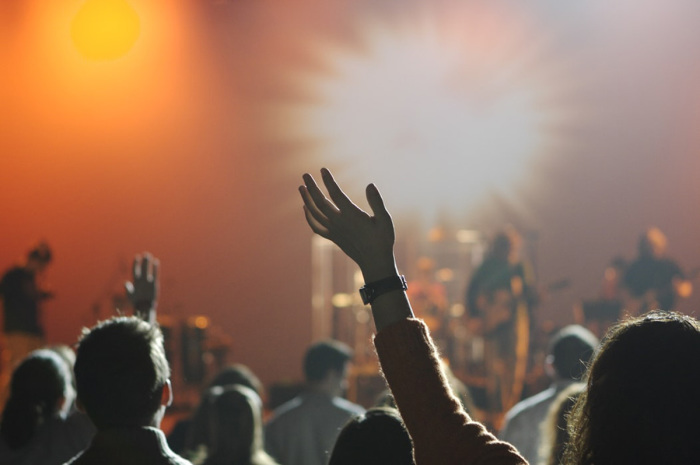More than 25% of regular churchgoers have no plans to go back just yet: poll

More than 25% of people who attended religious services at least once a month before the novel coronavirus pandemic have no plans to return to their church, synagogue or mosque in the next few weeks as lockdown restrictions continue to be lifted, according to data from a recent AP-NORC poll.
Data from the nationwide poll conducted June 10–14 with 1,125 adults and a margin of error of +/- 4.2 percentage points, show that while many people are looking forward to reconnecting with friends and family, shopping for fun, and going out to eat as the lockdown restrictions are lifted, only 34%, in general, say they plan on attending in-person religious services in the next few weeks.
And while a majority (73%) of people who attended religious services at least once per month say they plan on attending those services in person in the coming weeks, 27% have no plans to do so just yet.
While the number of worshipers who plan to attend in-person worship services as lockdown restrictions continue to be lifted has increased from about 66% a year ago, Lifeway Research’s Executive Director Scott McConnell told the AP that it’s a cause for concern that many churches did not survive the pandemic, leaving some people in limbo.
“That’s a lot of momentum to lose and a lot of people stepping out of the habit” of weekly worship, McConnell told the news service.
The data appears to be in line with a new Gallup analysis highlighted by The Christian Post earlier this year, showing a marked shift of the still highly religious nation away from formal church memberships. The data showed that for the first time in nearly 80 years, fewer than half of American’s maintain formal membership in a specific house of worship.
In 1937, says Gallup, when they first measured formal membership in houses of worship, some 70% of Americans had formal church membership, and that measure remained steady for the next 60 years until it began a steady decline in 1998. In 2020, formal membership in houses of worship stood at 49%.
Several factors, including age and the growing number of Americans who express no religious preference, were cited as influences behind the trend.
“While it is possible that part of the decline seen in 2020 was temporary and related to the coronavirus pandemic, continued decline in future decades seems inevitable, given the much lower levels of religiosity and church membership among younger versus older generations of adults,” wrote Gallup Senior Editor Jeffrey M. Jones.
The Southern Baptist Convention, the nation’s largest Protestant denomination, recently reported that they lost a record single-year decline of 400,000 members in 2020.
McConnell noted at the time of that report that the decline was due, in part, to fewer additions through baptism and more deaths from COVID-19 and other reductions in the membership of individual Southern Baptist congregations.
“Numerous church leaders have described their attempts to stay in touch with their congregation throughout the pandemic,” McConnell said. “As congregations rediscovered the telephone, they also discovered some on their membership lists who moved away, joined another church, or no longer wanted to be a member.”




























